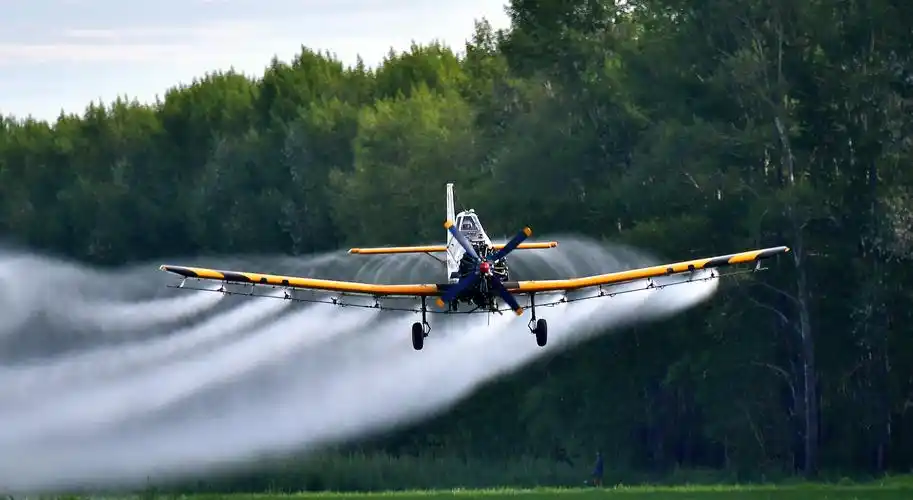
China agricultural UAV was in the market adaptation period from 2016 to 2018, and entered the high-speed growth period from 2019 to 2022. Since last year, the development has entered a relatively stable stage, but under the inclination of the national low-altitude policy, it is conducive to the large-scale promotion and landing of agricultural drones in the future, and the current order volume is also growing steadily. It is understood that compared with the policy, more factors affecting the sales of agricultural drones are rooted in the special nature of the agricultural industry itself, that is, cultivated land area, pest control and grain productivity improvement actions, which anchor the market demand for agricultural drones.
Among them, corn is the largest crop in China, and it is also an important source of feed and industrial raw materials. Under the guidance of the policy, in 2024, DJI began to explore the feasibility of the whole process management of corn flying prevention, and at present, it has achieved phased results in corn planting areas such as Northeast China and Inner Mongolia. According to Cheng Zhongyi, an agricultural solution engineer in DJI, based on the user case of agricultural corn demonstration field in DJI, it is estimated that the UAV pest control and foliar fertilizer spraying in the middle and late stage of corn can effectively increase the yield by 10% and increase the yield by 150 kg to 200 kg per mu.
"Compared with manned fixed-wing aircraft, drones spray less gracefully, do not need to build runways, have stronger terrain adaptability, and can also work in small and medium-sized plots. Compared with self-propelled machinery, drones can save water by 90%." Cheng Zhongyi introduced that the drone is not limited by terrain, does not roll seedlings, and the flight platform has the characteristics of good operation and stable image transmission, which can effectively solve the problems of difficult application of pesticides and poor control of pests and diseases in the middle and late stages of corn, avoid crop yield reduction, and greatly reduce agricultural poisoning accidents.
It is worth noting that since this year, China's plant protection drones and unmanned aerial vehicles have been included in the scope of subsidies for conventional agricultural machinery. Taking T60 drones in DJI as an example, the amount of subsidies for farmers when purchasing each one is about 10,000 yuan to 12,000 yuan. Nie Hongyuan told reporters that at present, the domestic subsidies for agricultural drones are constantly expanding. With the technological update and large-scale application, the cost and price of the overall agricultural drones are also declining. At the same time, the policy regulation on the management of unmanned aerial vehicles has also lowered the threshold for farmers to buy and use agricultural drones and promoted the landing of agricultural drone orders.
Previous:No
Next:No

